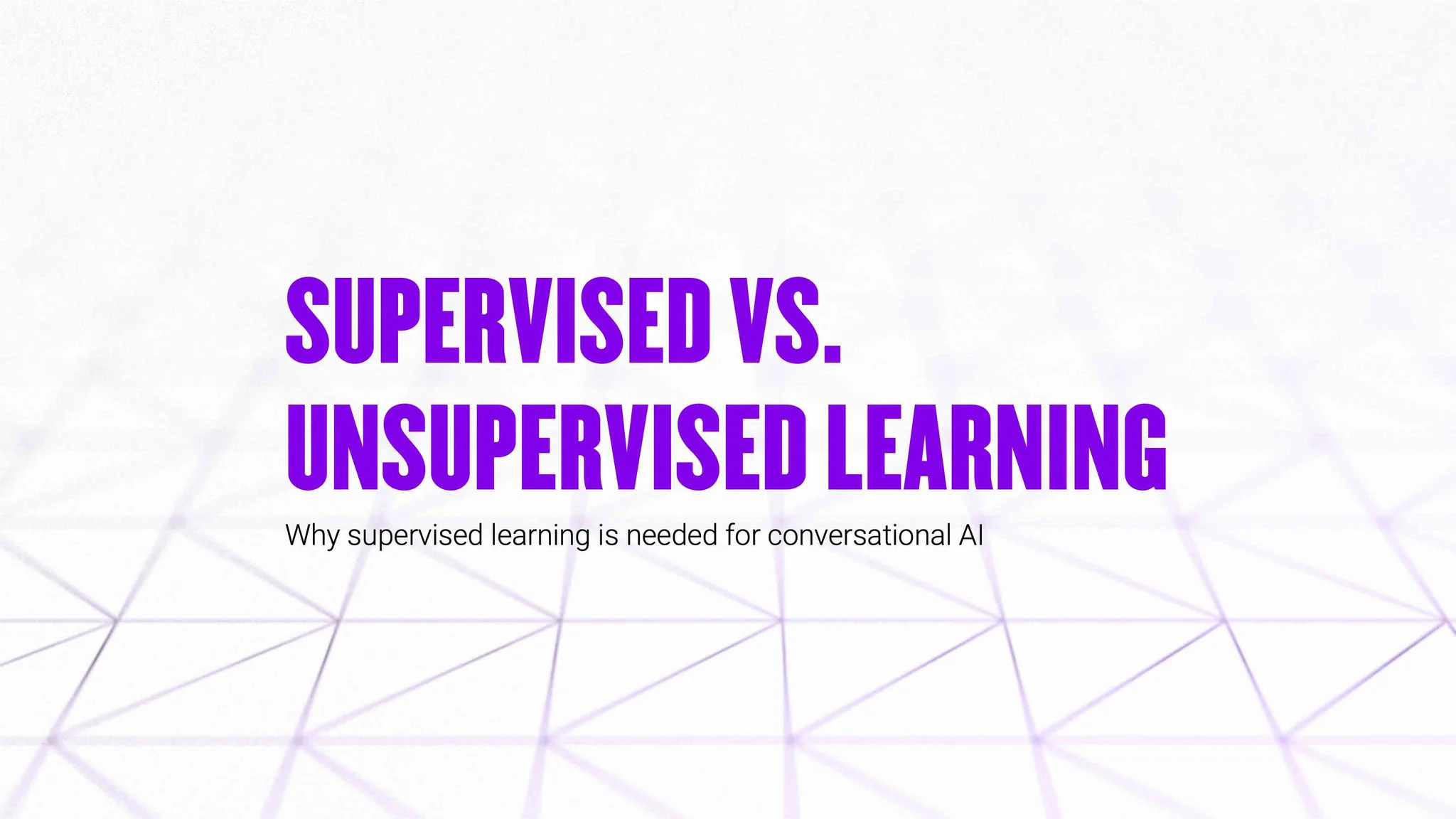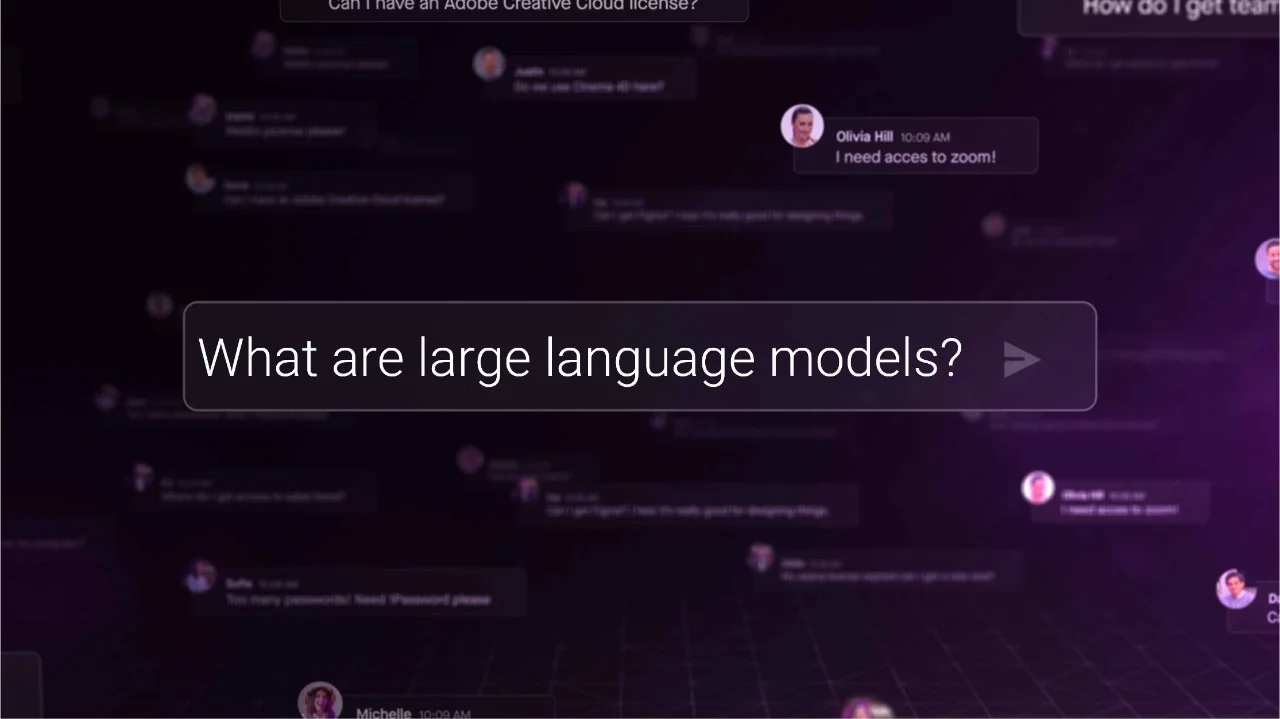- Text 1
How does interpretability work?
Interpretability refers to how inherently understandable or explainable an AI model is based on its architecture, logic, and behavior. More specifically, interpretability measures how well humans can comprehend why a model makes certain predictions or decisions just by examining its methodology.
Interpretable models are designed to operate in ways intrinsically clear and explainable to people, trading off some accuracy for transparency. Simple linear models are highly interpretable based on directly inspecting their coefficients and input weights. Rule-based systems are interpretable by examining their logic chains. Constraining neural networks to have sparse, modular architectures also improves interpretability.
In contrast, complex blackbox models like unconstrained deep neural networks have very low inherent interpretability. Additional explainability techniques are needed to attempt understanding their opaque inner workings after the fact.
Quantitative metrics evaluate model interpretability based on properties like complexity, modularity, and transparency. More interpretable models instill appropriate trust by being evidently sensible without needing additional explanation.
Why is interpretability important?
Interpretability is vital for engendering trust and adoption of AI systems. Highly interpretable models provide transparency into their inner workings, allowing people to comprehend their logic. This demystifies their behavior, building confidence. Interpretability enables direct evaluation of properties like fairness, safety, and ethics. Without inherent transparency, opaque models necessitate explainability methods after the fact. Interpretable design provides human-centered AI aligned with user values. As AI expands in ubiquity, prioritizing interpretability will ensure its responsible integration into society.
Why does interpretability matters for companies?
For enterprises, interpretability is key for deployable, ethical AI. Interpretable models allow companies to inspect algorithms firsthand to validate suitability, unlike opaque blackboxes. This reduces risks of unintended consequences before reaching customers. It also aids debugging and auditing processes.
Additionally, transparent model logic builds employee and customer trust in AI solutions, smoothing adoption. However, firms may need to trade off some predictive accuracy for interpretability. Emphasizing interpretability guides development of AI that is sensible, reliable, and aligned with corporate principles. It provides a framework for accountable AI that earns stakeholder trust.


